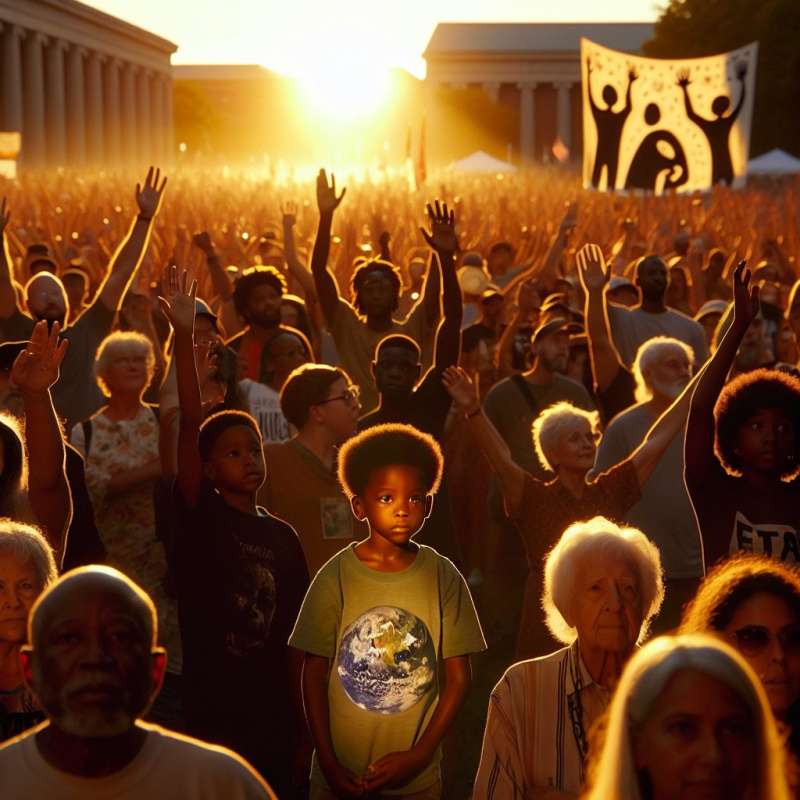
Early Resistance Efforts
Before the 1950s, civil rights activism existed through organizations like the NAACP, which won the 1939 Supreme Court case Lloyd Gaines v. Canada, mandating equal law school access.
Emmett Till's Impact
In 1955, the brutal murder of 14-year-old Emmett Till in Mississippi galvanized the nation and became a catalyst for the ensuing Civil Rights Movement.
Innovative Nonviolent Tactics
Activists, notably Dr. King, strategically used nonviolent civil disobedience, including Montgomery Bus Boycott (1955) and sit-ins, to challenge segregation and injustice.
Freedom Summer Drives Change
1964's Freedom Summer mobilized thousands, predominantly white college students, to register black voters in Mississippi, challenging entrenched racial barriers in politics.
Selma Marches Spotlight
The 1965 Selma to Montgomery marches for voting rights were pivotal, leading to the Voting Rights Act. They underscored state-sanctioned violence against peaceful protestors.
Civil Rights Acts Enacted
Landmark legislation, Civil Rights Act (1964) and Voting Rights Act (1965), legally ended segregation and protected voting rights, reshaping American society fundamentally.
Movement's Global Influence
The Civil Rights Movement inspired similar struggles worldwide, including the anti-apartheid movement in South Africa, showcasing the global fight for racial equality.Unexpected Alliance
In the 1960s, the Black Panthers' free breakfast program inspired the U.S. government to start a similar national program.
What did the NAACP achieve in 1939?
Ended segregation nationally
Equal law school access ruling
Started Montgomery Bus Boycott
Company